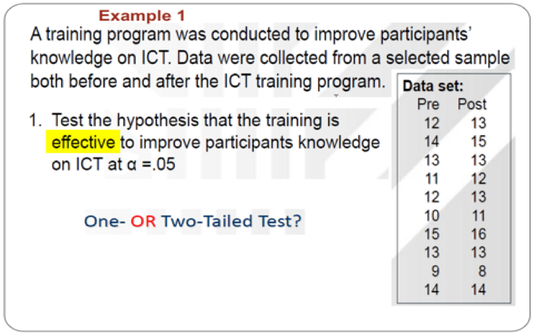

In this report, 167 DE miRNAs were identified from pre- and post-endurance exercise blood samples however, whole-blood rather than plasma/serum was evaluated making it difficult to determine if ci-miRNAs were expressed from red blood cells (RBC) or other tissue sites such as skeletal muscle. However, to-date there has only been one study evaluating ci-MRNA in exercising horses.

Recently, 197 miRNAs were identified in equine skeletal muscle, with 76 found to be muscle-specific. To-date, >700 equine miRNAs have been identified with subsets of tissue-specific DE miRNAs isolated including skeletal muscle and blood. MiRNA analysis in horses is an emerging area of research. It has been hypothesised that skeletal muscle may contribute to changes in differentially expressed (DE) ci-miRNAs in response to exercise training by releasing exosomes into plasma, supporting the possibility that DE plasma ci-miRNAs could be used to assess adaptive training responses of skeletal muscle.

Furthermore, exercise training has been found to alter the expression pattern of miRNAs in skeletal muscle. Human studies have identified a multitude of ci-miRNAs up-regulated following intense exercise training. When in blood they are termed circulating miRNAs (ci-miRNAs) and are emerging as potential diagnostic biomarkers due to their stability and ease of access for sample collection. MiRNAs are often tissue-specific and can be secreted from their tissue of origin into the bloodstream bound to lipoproteins or packaged into extracellular microparticles. They have intracellular effects, are extremely stable when secreted into the bloodstream and have been identified in multiple body fluids. MicroRNAs (miRNAs) are endogenous, non-coding RNAs with complex roles causing translational repression/degradation of bound mRNA, regulating many cellular processes. Using a human plasma panel likely limited detection of equine-specific miRNAs. Identification of DE miRNAs in skeletal muscle indicates modification of miRNA expression may contribute to adaptive training responses in Tbs. The degree of haemolysis needs to be determined prior to quantifying plasma ci-miRNA expression from horses in high-intensity exercise training. In skeletal muscle samples, 97/179 miRNAs were detected with 5 miRNAs (miR-21-5p, let-7d-3p, let-7d-5p, miR-30b-5p, miR-30e-5p) differentially expressed (DE, P < 0.05) between time-points. Positive correlations ( P < 0.05) between haemolysis and miRNA abundance were detected for all but 4 miRNAs, so exercise-induced changes in plasma ci-miRNA expression could not be quantified. Haemolysis levels were greater than the threshold for accurate quantification of ci-miRNAs in 18/25 resting and all post-exercise plasma samples. From plasma, 52/179 miRNAs were detected at both time-points.

Plasma ci-miRNA data for 13/20 horses and all skeletal muscle miRNA data passed quality control. Data was analysed using a paired Student’s t-test and Pearson’s rank correlation. A human plasma panel containing 179 miRNAs was used for profiling, with haemolysis assessed spectrophotometrically. Haemolysis was further quantified in resting blood samples from twelve Tbs in sprint training. Resting and post-exercise skeletal muscle miRNA abundance was evaluated in a second cohort of eleven 2 year-old Tbs just entering sprint training. Resting and post-exercise plasma ci-miRNA profiles and haemolysis were evaluated in twenty 3 year-old Tbs in sprint training. The objectives of this study were to identify plasma ci-miRNA profiles and skeletal muscle miRNAs before and after exercise in Thoroughbreds (Tb), and to evaluate for the presence and effect of haemolysis on plasma ci-miRNA determination. However, technical challenges such as haemolysis impact on accurate plasma ci-miRNA quantification, with haemolysis often occurring naturally in horses following moderate-to-intense exercise. Human studies have demonstrated that many ci-miRNAs are up-regulated following exercise with changes in expression patterns in skeletal muscle. In order to investigate ci-miRNAs as diagnostic tools, normal patterns of expression for different scenarios including responses to exercise need to be identified. Equine miRNAs have been previously identified including subsets of tissue-specific miRNAs. Circulating miRNAs (ci-miRNAs) are endogenous, non-coding RNAs emerging as potential diagnostic biomarkers.


 0 kommentar(er)
0 kommentar(er)
